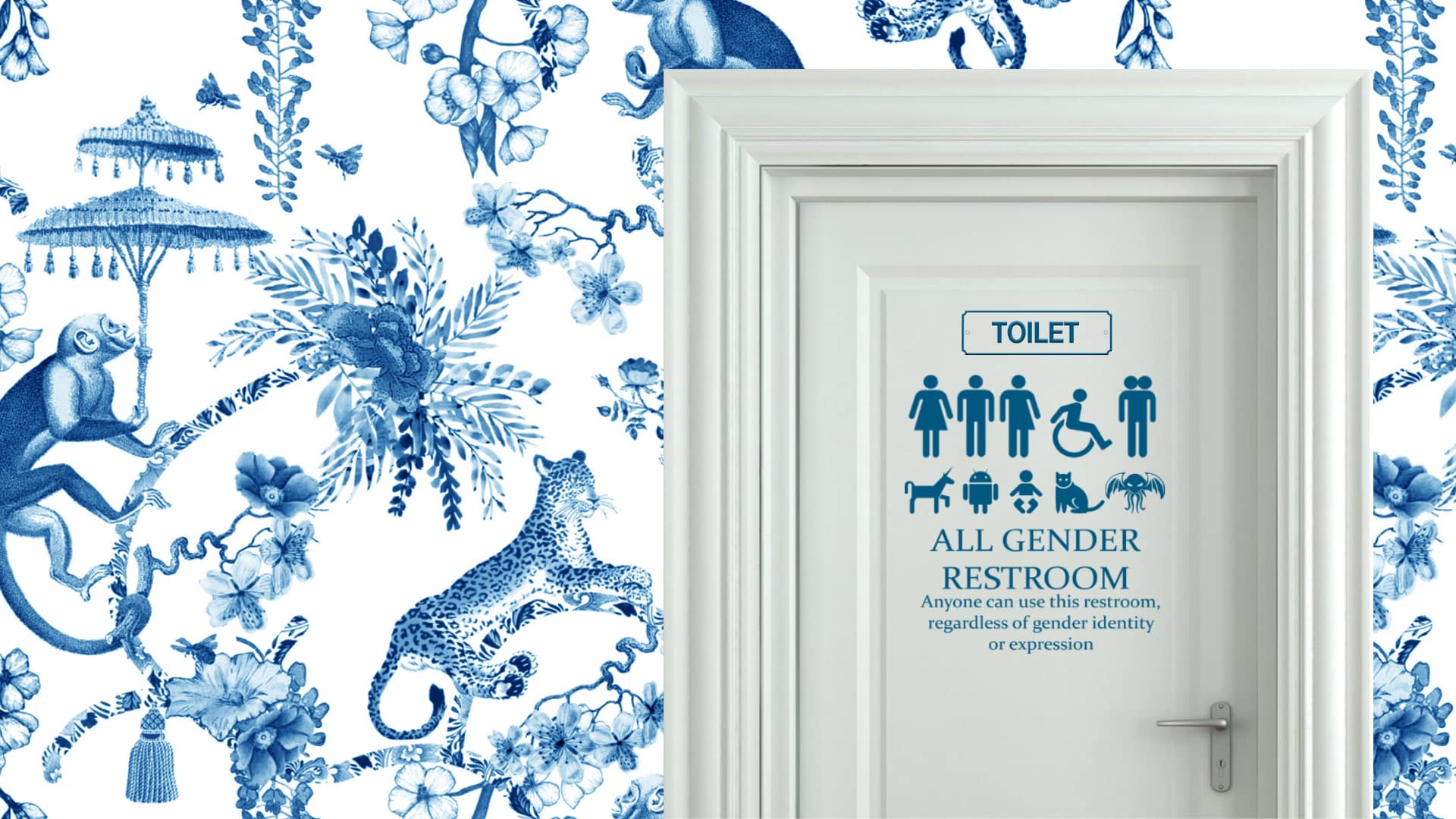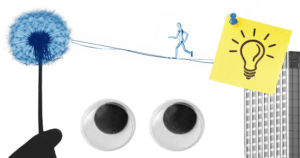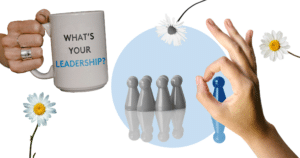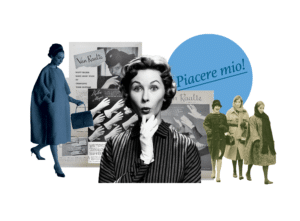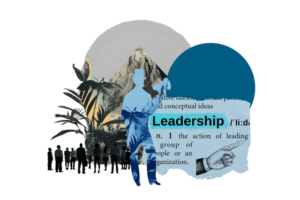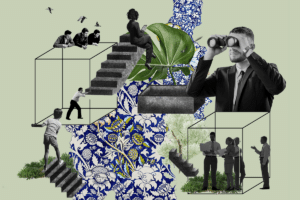June is here and so is Pride Month. This is the right time to reflect on the roles we play not only at the workplace but also in our personal lives. This is the moment where to make sense of D&I and relate it to the acronym LGBTQ+ and this is a tricky question for many organizations. No other organizational topic dives deeply into the meaningfulness of one’s values and identities.
This category undoubtedly incorporates organizational challenges that are very different from one another. D&I (Diversity & Inclusion) concept is edgy, culturally complex, and difficult to manage in its broadness. The “what” is considered “diverse” and the interpretation of actions related to inclusive behaviors depend on the reference context and the people who inhabit it. The first defines the perimeter, creating the clusters between what we can provocatively call “normal” and what the majority (or those in power) define as “different”.
The second, concern, on the other hand, the activities that foster the feeling of inclusion and belonging to a business context and, often, goes into the same ground of general good managerial practices; such as listening to and valuing one’s resources with the desire and curiosity to understand the needs of those close by.
Organizations are increasingly diverse, and this affects D&I
In an increasingly interconnected and interdependent world, it is clear how companies have an increasingly diverse core, not only in terms of culture or nationality but also issues of gender and generational affiliation. Our nationality or certain cultural imprinting or, again, our belonging to one generation or another, influences our relationship with the concept of “normal” and “different.” Humans are not only biology but also, and above all, a cultural construct, a result of the world and the times they live in.
In this sense, for example, in the Nordic countries, subjects such as women’s inclusion and equal opportunity, are less heartfelt and no longer the subject of heated debates, because, by now, more and more women are moving up the career ladder, managing to rise through the ranks of politics and business. In the current Finnish government, for example, five party leaders are women, four of whom are under the age of 40.
One might ask: Where are the men on the Finnish political scene?
The younger generation relates similarly otherwise towards the LGBTQ+ issues, precisely because for so many of them being straight or gay is no longer a topic of discussion and even less a subject of social battle or debate. Let everyone live the dimension they feel is their own, they say. Let’s understand better what this is all about.
Can gender issues be mainstream?
The LGBTQ+ mainstream has long since become, though not exactly mainstream, an element of our everyday life.
In television programs, we have long witnessed the presence of figures, who dressed flamboyantly, often with excessive behavior, and appeared as a parody of the LGBTQ+ world.
Today, as in the past, these characters are meant to be a distraction, and their presence is designed for television purposes and to enrich the show.
To the careful observer, it becomes clear that these figures are actually never actual protagonists, but always play supporting, flanking roles to make the show come alive. Their attitudes are designed for the show and are often at odds with the everyday lives of so many members of the LGBTQ+ community.
Needless to say, so many gay couples dress and act like mainstream men and women, and have very normal dreams such as taking out a mortgage to buy a house, starting a family and having a quiet life. So many are transsexuals who dress plainly while exuding femininity or masculinity of preference that does not match the normalized heterosexual culture of the past.
Clichés, dictated also, and especially TV pop culture, have rendered the perception of the LGBTQ+ community as something extravagant and eccentric. And, perhaps compounding the misconception is the very symbol of the rainbow, which, certainly incorporates important values such as peace and inclusion, but with its variety of colors alludes to a flowering field in everlasting bloom.
Role models or the idea of normality are created during childhood
Cultural role models and the ideals we pursue are created during childhood. The narrative that children are told will condition them, in one way or another, even as adults.
The idea of a hero or protagonist comes to us from the stories we come in contact with while growing up. On this front, for example, the movie “Frozen”, has given a new interpretation of gender roles and female leadership to today’s girls, breaking various stereotypes of the past. In the film, the protagonist Elsa must face herself and the powers she possesses. Elsa experiences a battle of discovering and growing her powers to become the queen that only she can be. It is a story of a brave woman facing her destiny. But Frozen is also the story of Elsa’s younger sister, Anna, who first falls in love with the cowardly prince, and then with Kristoff, a young man who is as kind but perhaps not quite as bright.
With this animated film, therefore, the idea of “and they lived happily ever after” and the fact that it is the prince who saves the princess, is broken. Love is not unique, we live various stories in our lives, and to some end, we put this into account, whether it is privately or in corporate settings.
This aspect makes explicit the fluid character of contemporary life. With data in hand, marriages celebrated in the EU in the last 10 years are about 1.4 million, while 0.7 million are divorces.
We also see the same fluidity in job change where on average a Millennial has between 6 and 10 different employers during his or her employment path in the EU. It is precisely in this flow from one relationship to another, in both private and professional life, that fundamental skills such as good self-management, emotional intelligence, and analysis, get activated.
Referencing back to Frozen, lastly, it is also a chronicle of the love of two sisters. Anna, like Snow White, will also be saved by the kiss of true love, but this time there will be no Prince Charming because it will be her sister’s kiss that saves her!
Since 2013 Frozen has been a cult for little girls because it has managed to create a new narrative, where the main characters are two enterprising and powerful young women. It becomes interesting to wonder when the first Pixar or Disney film with homosexual or transgender protagonists will arrive, and more importantly, when will mainstream culture be ready to accept such productions?

Young generations approach the issue of gender difference differently
This year’s Sanremo Italian Song Festival featured Mahmood and Blanco, two young men who sang “Brividi,” a love song that, on the Ariston stage, was interpreted by the two singers romantically. Little did the sexuality of the two young men matter, the message coming through loud and clear is love and allow love regardless of one’s gender.
While it seems that the performance was intended to be an almost political statement of taking a stance toward the liberalization of male-female, homosexual and heterosexual roles; on the other hand, in various interviews, the two have firmly stated that the topic is not of particular interest to them, and this also fits with the research done on the approach that the younger generations have towards gender.
Not only do younger generations accept and grasp the LGBTQ+ community differently from previous generations, but they identify with it much more than before. According to a GLAAD Acceleration study, 20% of Generation Z (born between 1997 and 2012) in the U.S. define themselves as “Gay,” “Transgender,” or “Gender Neutral.” In the 52-71 age group, the percentage of people to declare themselves as such is 7%.
The same study also shows that only 48 percent define themselves as purely heterosexual while the remainder expresses varying degrees of bisexuality.
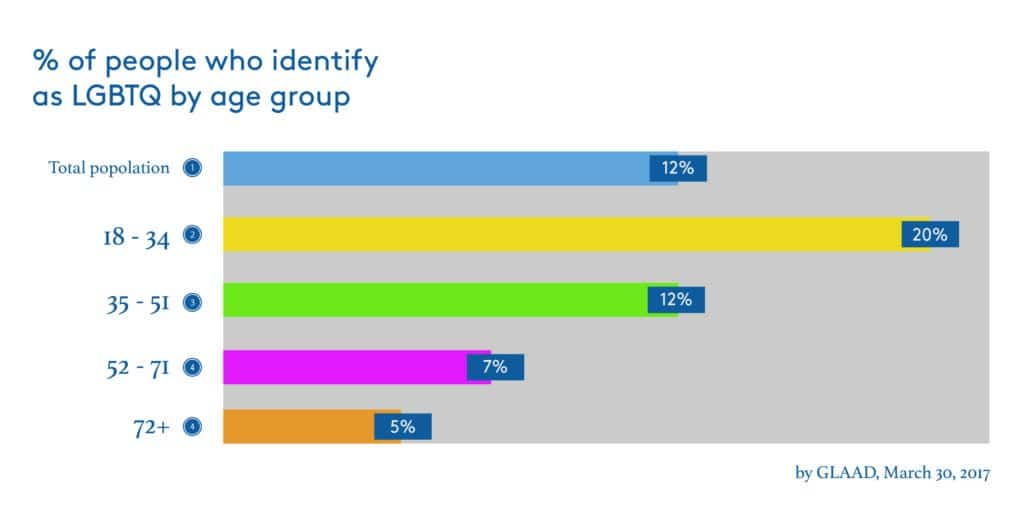
If the gap between Baby Boomers and Generation Z is huge, the differences in perceptions related to gender culture are even different between Millennials (born between 81 and 96) and Generation Z.
According to a study by the marketing firm Wunderman Thompson, 56 % of young Americans between the ages of 13 and 20 said they knew someone who used gender-neutral pronouns such as “they,” or “them,” compared to 43% of people between the ages of 28 and 34. Interestingly, the vocabulary and terminology related to Gender Roles also become difficult for even Millennials to interpret, let alone previous generations.
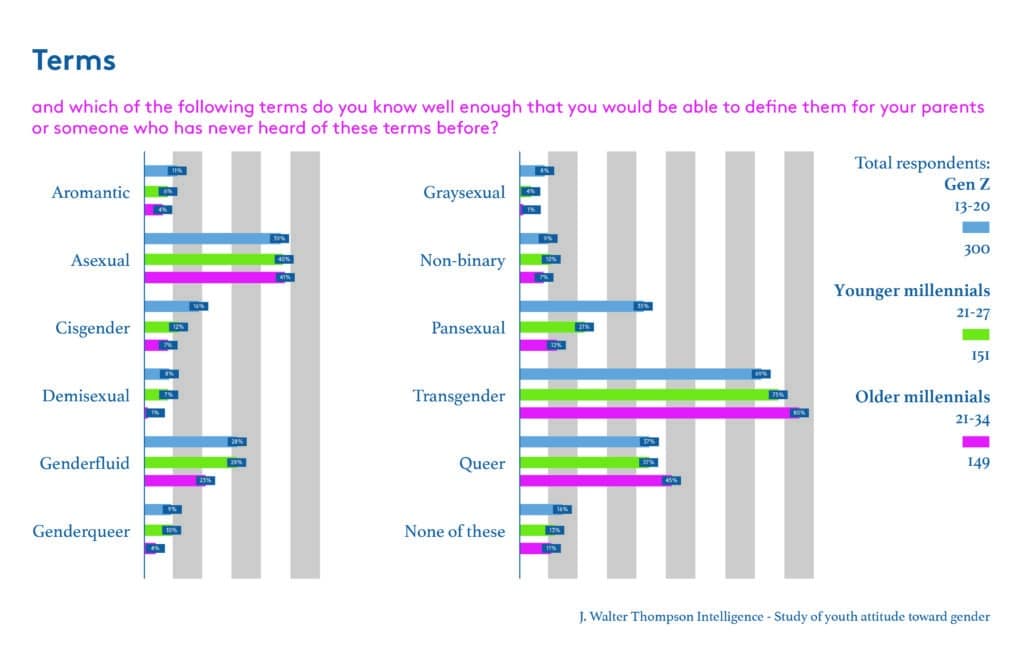
Gender and Behavior
Why should organizations consider this ongoing change?
First of all, certainly, the younger generations are customers and consumers. Interesting in this regard is the shopping behaviors of Generation Z that demonstrate a radical shift concerning tastes and desires: today young women buy a lot of products traditionally designed for a male target audience – such as electronics and sportswear – and young men who have become consumers of skin care products, cosmetics and make-up – 51 % of cosmetics are purchased by women, while 49% by Generation Z men.
The fact that Generation Z youth do not define themselves through one gender stereotype, but experiment with different ways of being themselves and try to shape their identities over time, greatly conditions their purchasing habits. Gender fluidity is a place to experiment, test, and change.
They like things that are unisex and dislike those companies and brands that divide everything into “male” and “female.” According to GLAAD’s study, only 44 % of Generation Z said they have always purchased clothes designed for their gender.
Few are Millennials and even fewer are Baby Boomers who go through the opposite sex department to see if they can find something that interests them.
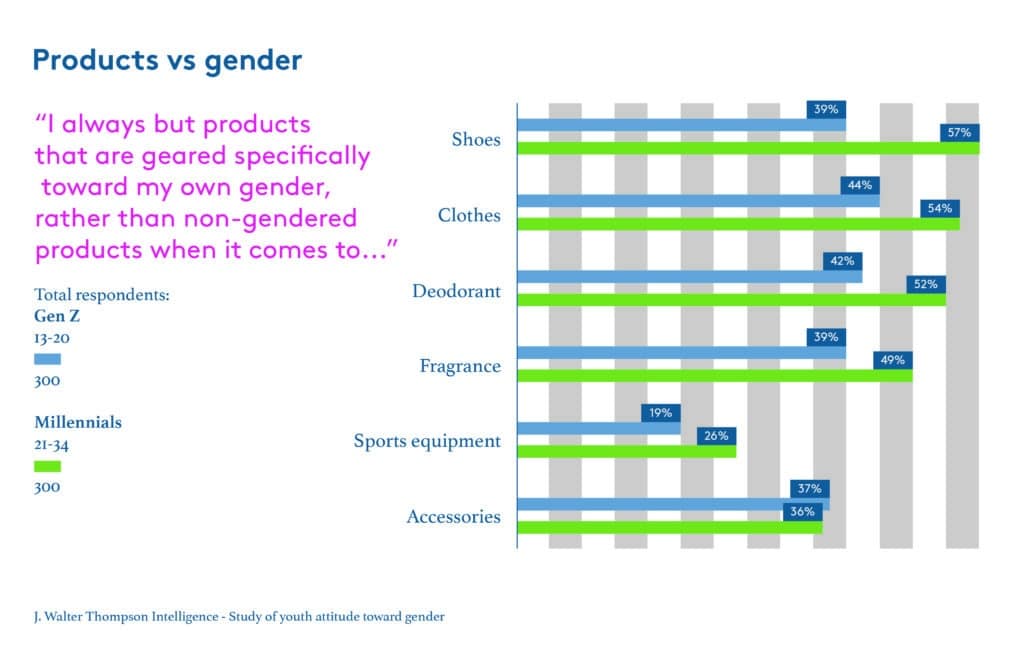
So is the LGBTQ+ acronym just useless “fluff,” hysteria from a small minority that matters little?
Perhaps it would be so if the relationship toward LGBTQ+ of future generations was like that of previous generations, but it is not! Generation Z engages worldwide about 1.2 million people and in Europe and America alone about 400 million individuals.
These “people” demand Gender-neutral bathrooms and new formats and documents where not only “male” or “female” are indicated, but where they can put X on “other” as well.
These are people who call themselves “they” and buy clothes in both the men’s and women’s departments. Corporately, new issues are on the agenda concerning fatherhood and motherhood for families with two same-sex parents. What policy will HR institute for these types of couples? How will we manage and channel as a community, people who approach this issue very differently? Will the liberal Z and Baby Boomers take to extremes the new managerial dilemma?
With their gender neutrality, Generation Z will disrupt all departments of the company from sales to marketing, HR, and administration, certainly revolutionizing management practices as well.
All this is already happening. Are you ready?
